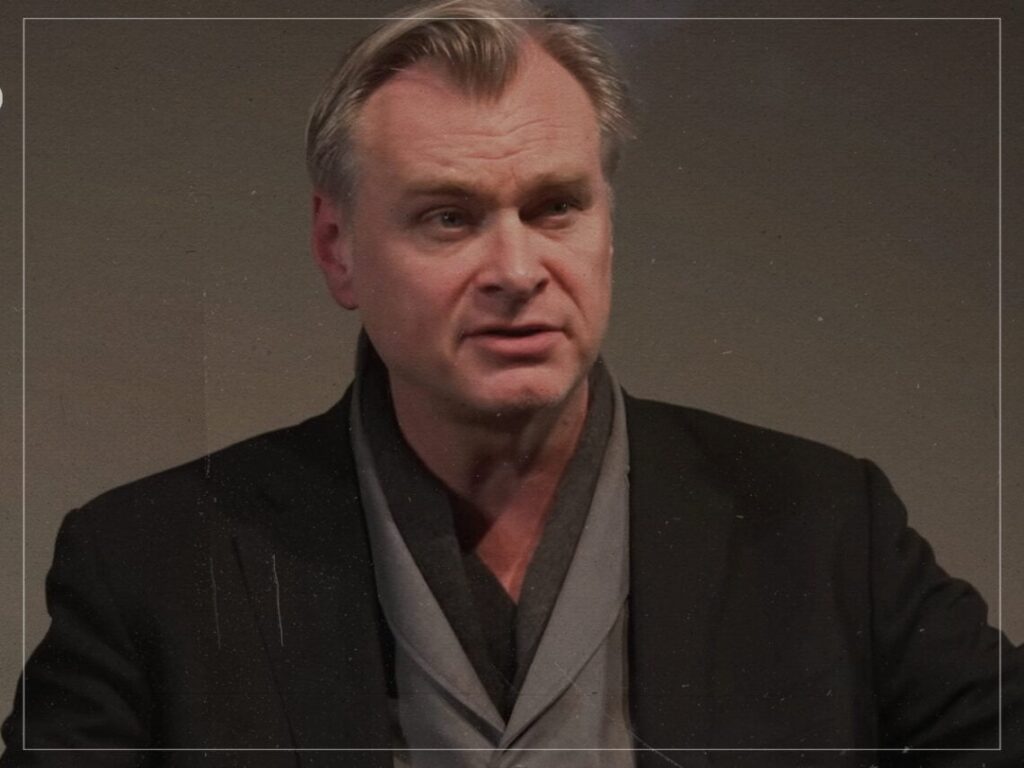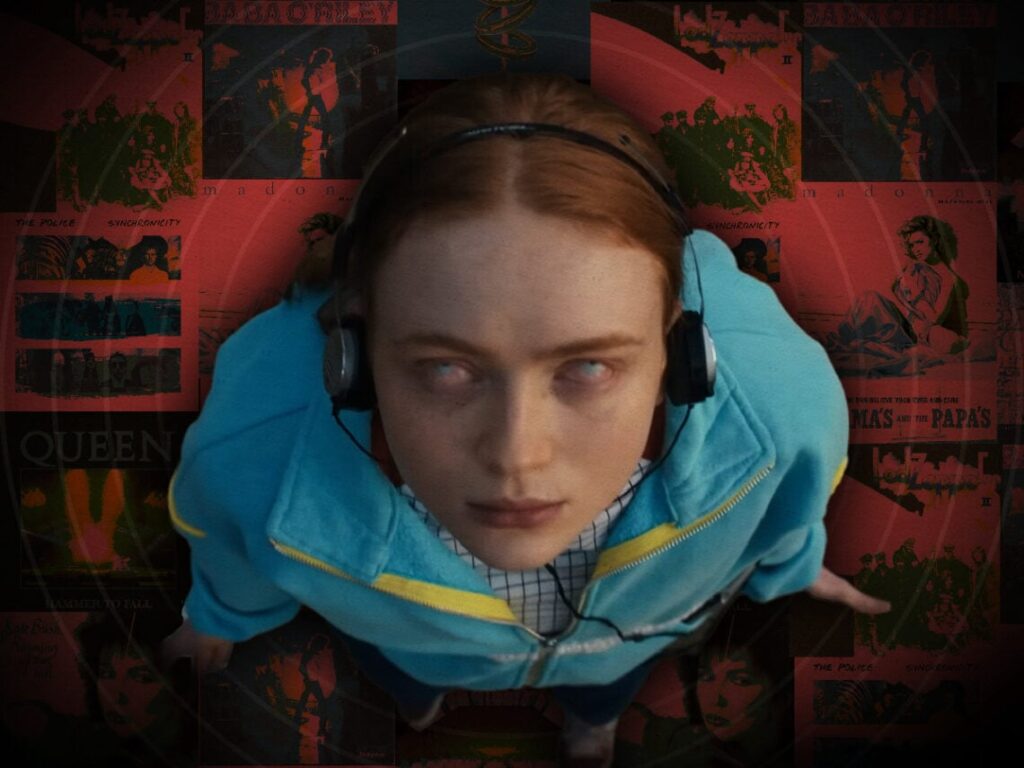A Complex Core: The character Cate Blanchett called a “dilemma”
 Posted On
Posted On
(Credits: Far Out / YouTube Still)
To say that Cate Blanchett has range is an understatement. Her illustrious career spans period dramas, comedies, and superhero films, with each role handled with masterful precision. At the heart of this versatility lies her unique charm, charisma, and depth, which she infuses into every character, elevating them with her distinct presence.
For an actor, knowing how to approach your role is critical to giving a successful and believable performance. Over the several decades of her career, Cate Blanchett has become widely recognised for her skill at embodying vastly different characters, and her talent has been rewarded time and again both at the box office and at awards ceremonies.
Blanchett rose to prominence in the 1990s with films like Shekhar Kapur’s Elizabeth, for which her performance won several accolades, and Anthony Minghella’s The Talented Mr. Ripley. In the early 2000s, Blanchett’s star rose even higher when she was cast in Peter Jackson’s The Lord of the Rings trilogy and Martin Scorsese’s The Aviator, among other well-regarded roles.
More recently, Blanchett has lent her talent to diverse roles such as Thor: Ragnarok, Ocean’s 8, and Nightmare Alley. She also starred as the titular character Lydia Tár in the 2022 psychological drama film Tár, for which she won a Bafta award, a Critics Choice award, and a Golden Globe award for best actress. In all, her career is one that any actor would be proud of. In each of these varied roles, she has always looked for the heart of the role.
While these roles are all complex and have presented their own challenges, none of them prompted Cate Blanchett to categorise the character as a “dilemma”. Instead, Blanchett placed that label on the enigmatic Charlotte Gray whom she portrayed in the 2001 Gillian Armstrong film of the same name.
Charlotte Gray portrays a young Scottish woman who works in occupied France as a Special Operations Executive during World War II. When asked in a BBC interview about how she decided to approach the accent changes in the film, Blanchett remarked on the complications of the role. “The great thing to me was that she remain Scottish and not become an Englishwoman,” she explained.
“So there’s the sense of her being an outsider even when she’s in London,” she added. Because the film is set partially in France but the dialogue is in English, Blanchett’s subtleties display her mastery of the character without being distracting. By bringing such nuance to the role, she invokes a deeper sense of depth—perfectly illustrating that the war was one of millions of personal stories. There is a lot more to Charlotte Gray than the narrative of her endeavours.
As Blanchett added: “When you’re playing a character like Charlotte, who becomes more herself by assuming another identity, she finds her own voice.” Charlotte may have found her own voice, but undoubtedly, it takes a talent like Blanchett’s to make that unfurl on screen. In Charlotte Gray, Blanchett’s expertise shines through.
[embedded content]
Related Topics


